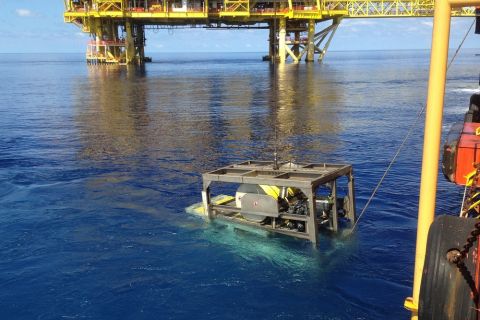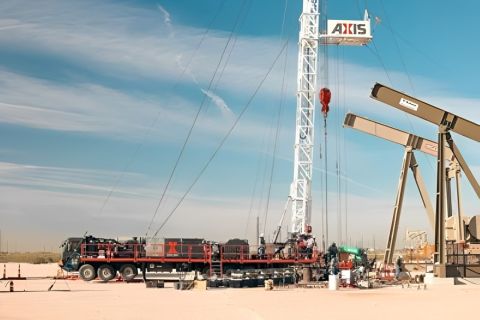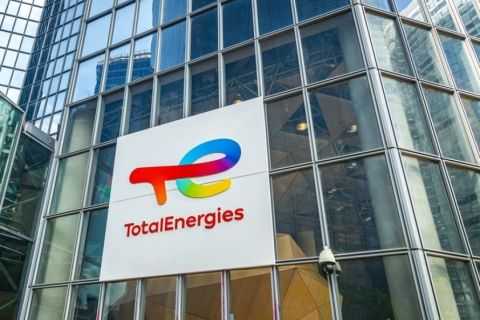Fresh from resolving an offshore boundary dispute, eastern Canada's premiers of Newfoundland/Labrador and Nova Scotia are excited about prospects for the launch of exploration plans in these waters. "That issue, thankfully for all of us, has been resolved," Newfoundland/Labrador premier Roger Grimes told a Houston energy audience recently. Newfoundland fared well in the dispute arbiter's decision. It won approximately 75% of the disputed area; it had asked for 60%. Activity is already brisk in the undisputed waters of each province. Three years ago, oil production offshore Newfoundland was zero. Today, the Hibernia and Terra Nova developments produce approximately 300,000 barrels of oil per day. With the White Rose project onstream in 2005, Newfoundland will produce one-third of Canada's light oil, Grimes said. A fourth project, Hebron/Ben Nevis, has been canceled by operator Chevron Canada Resources and partners ExxonMobil Canada, Norsk Hydro Canada Oil & Gas and Petro-Canada. The operator cited reservoir complexity and that the field contains heavier oil reserves than what is being produced from Terra Nova and Hibernia-both factors that would result in considerably greater cost. Grimes said, "We expect they'll be back." Not in weeks or months, but "we expect them to overcome the challenges, just like [operators have] at Hibernia, Terra Nova and now White Rose." John Hamm, premier of Nova Scotia, explained that-considering the active exploration area offshore his province is equal to a large portion of the U.S. Gulf of Mexico, and has relatively few wells drilled yet-the potential may be huge. "We still have a long way to go," he said. Much of what has been discovered to date is gas. "Fortunately for us, the northeastern part of the U.S. is very interested in our [gas] surplus." He said E&P offshore Nova Scotia has the following advantages: an estimated 60- to 100 trillion cubic feet of gas reserves, a fiscal regime that recognizes exploration risk and a proximity to market (near the northeastern U.S.). "The [area's] closest source of new gas supply is the eastern coast of Canada," Hamm said. Offshore Nova Scotian gas production is presently 530- to 550 million cubic feet per day; in 2005-06, it is expected to total 1 billion cubic feet per day. In 10 or 12 years, it may total 2 billion cubic feet per day. "We're just waiting to have those good results from exploration."
Recommended Reading
TGS, SLB to Conduct Engagement Phase 5 in GoM
2024-02-05 - TGS and SLB’s seventh program within the joint venture involves the acquisition of 157 Outer Continental Shelf blocks.
StimStixx, Hunting Titan Partner on Well Perforation, Acidizing
2024-02-07 - The strategic partnership between StimStixx Technologies and Hunting Titan will increase well treatments and reduce costs, the companies said.
Forum Energy Signs MOU to Develop Electric ROV Thrusters
2024-03-13 - The electric thrusters for ROV systems will undergo extensive tests by Forum Energy Technologies and SAFEEN Survey & Subsea Services.
Axis Energy Deploys Fully Electric Well Service Rig
2024-03-13 - Axis Energy Services’ EPIC RIG has the ability to run on grid power for reduced emissions and increased fuel flexibility.
TotalEnergies Rolling Out Copilot for Microsoft 365
2024-02-27 - TotalEnergies’ rollout is part of the company’s digital transformation and is intended to help employees solve problems more efficiently.





